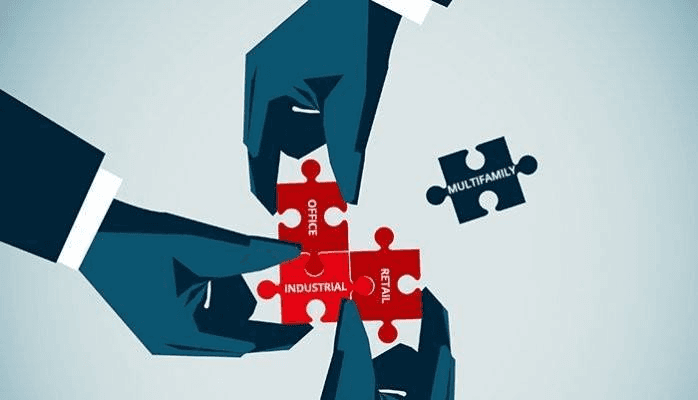

For centuries, real estate has been the foundation of wealth. Families built dynasties through property, and investors relied on it as the ultimate store of value. But there’s always been a catch: high entry costs, endless paperwork, and restricted access that kept most people locked out.
Today, that barrier is being torn down. Fractional ownership and tokenization are rewriting the rules of real estate—making it simpler, more accessible, and more powerful than ever. If Uber changed transportation and Airbnb revolutionized travel, fractional ownership is reshaping how we build wealth.
This isn’t hype. It’s a quiet revolution—one that blends timeless real estate principles with modern technology to create something far bigger: effortless, borderless, and fair property ownership for anyone.
Fractional ownership is straightforward: instead of buying an entire property, you purchase a fraction of it. That fraction makes you a co-owner, giving you rights to income and appreciation in proportion to your stake.
It’s the difference between needing $300,000 to buy a rental property and needing just $20—or whatever fraction fits your budget. The goal isn’t to water down ownership. It’s to democratize it.
With fractional ownership, you can:
In other words, it’s ownership redesigned for a world where access is more valuable than exclusivity.
Fractional real estate investing typically follows a simple structure:
The beauty lies in automation. With blockchain, ownership is verifiable, transfers are instant, and rental payouts can be distributed automatically through smart contracts. No banks, no middlemen, no waiting.
Fractional ownership isn’t just a tech gimmick—it’s anchored in solid legal structures that make it safe and scalable:
Each structure has trade-offs, but the point is clear: fractional ownership is legally grounded and designed to protect investors while opening new doors.
Like any investment, fractional ownership presents both advantages and disadvantages; however, the benefits are transforming investors' approaches to real estate.
Upsides:
Limitations:
The key insight: fractional ownership isn’t about control. It’s about access and freedom.
Traditional fractional ownership was powerful—but still clunky. Investors often had to wait years to exit, locking up their capital. Tokenization changes that.
By turning ownership shares into digital tokens, tokenization makes fractional real estate liquid. Want to exit? You sell your tokens on a secondary market. Want to buy more? It’s instant. Everything is transparent, trustless, and fast.
This is where blockchain isn’t hype—it’s utility.
To understand the real power here, let’s compare:
Fractional ownership combines the directness of real estate with the liquidity of stocks, without the baggage of timeshares.
The world has changed. Inflation erodes savings, housing affordability feels out of reach, and traditional investing channels are crowded. Real estate remains a powerful hedge—but the old model doesn’t fit modern life.
Fractional ownership, amplified by tokenization, is the effortless bridge between old wealth and new wealth.
This is exactly where W3Assets steps in.
We’ve taken the complexity of real estate investing—contracts, management, liquidity barriers—and reduced it to something simple, powerful, and global.
At W3Assets, we believe the future of real estate should belong to everyone. Not just institutions. Not just insiders. Everyone.
So whether you’re new to investing or already building a portfolio, the opportunity is here:
own property, earn income, and build freedom—without borders, without friction.
✨Fractional ownership isn’t the future. It’s here. And with W3Assets, it’s effortless.